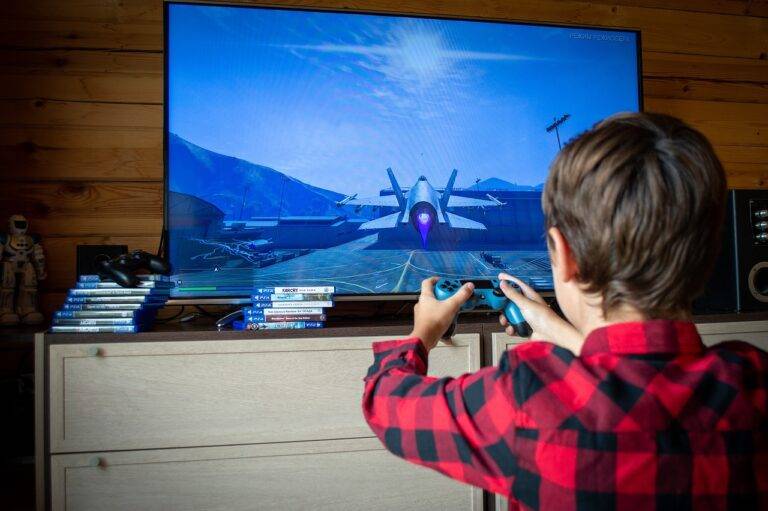How Technology is Shaping the Future of Education
Technology integration in traditional classrooms has become increasingly important in today’s education system. Teachers are incorporating various technological tools such as tablets, interactive whiteboards, and educational apps to enhance the learning experience for students. These innovations not only make lessons more engaging and interactive but also cater to different learning styles, allowing for a more personalized approach to education.
By integrating technology into traditional classrooms, educators are better preparing students for the digital world they will enter upon graduation. This shift towards a more technology-driven learning environment helps develop students’ digital literacy skills, critical thinking abilities, and prepares them for future careers that will inevitably rely on technology. As technology continues to advance, it is essential for educators to embrace these changes and harness the power of technology to enrich the learning experience in traditional classrooms.
Impact of Artificial Intelligence on Learning
Artificial Intelligence (AI) is revolutionizing the way students learn by personalizing their educational experience. Through adaptive learning platforms powered by AI algorithms, students can receive customized lesson plans that cater to their individual learning styles and pace. This tailored approach helps students stay engaged and motivated, leading to improved comprehension and retention of knowledge.
Moreover, AI technology allows educators to analyze vast amounts of data on student performance and behavior patterns. By gaining insights into areas where students may be struggling or excelling, teachers can provide targeted interventions to support each student’s unique learning needs. With AI, educators are better equipped to offer timely assistance, ultimately enhancing the overall learning outcomes in the classroom.
Virtual Reality and Augmented Reality in Education
Virtual Reality (VR) and Augmented Reality (AR) are cutting-edge technologies that have been making significant strides in the field of education. These immersive tools have the potential to revolutionize the way students learn by creating interactive and engaging experiences. By incorporating VR and AR into the classroom, educators can provide students with a more visual and hands-on learning environment, allowing them to explore concepts in ways that were previously not possible.
One of the key benefits of VR and AR in education is their ability to cater to different learning styles. Visual, auditory, and kinesthetic learners can all benefit from these technologies as they provide a multi-sensory experience that caters to a variety of learning preferences. As students interact with virtual environments or manipulate augmented reality objects, they are actively engaged in the learning process, making concepts more tangible and easier to understand.





